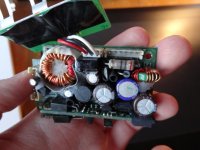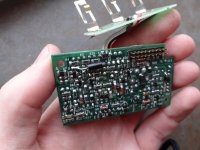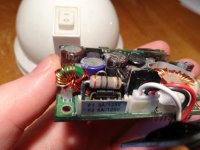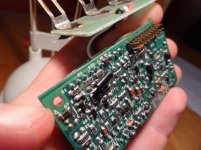I bought this 1991 laptop on a whim for almost nothing at a flea market. The model is a Chicony NB8620 and at startup it said it was a 486SLC notebook with 5670 kb RAM. About a minute after I turned it on it started to smell oddly and then I noticed a very thin wisp of smoke coming from within. I pulled the plug on it before anything else happened, and as far as I can tell the computer might be fine except for the part that burned, but I don't have any experience with burnt out components.
This is the part that burned:
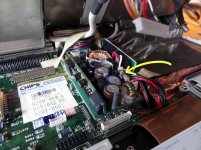
Is there a way to save this computer? I know smoke must be a very bad sign, but I'm hoping I might have pulled the plug in time...? ^^;
This is the part that burned:

Is there a way to save this computer? I know smoke must be a very bad sign, but I'm hoping I might have pulled the plug in time...? ^^;

